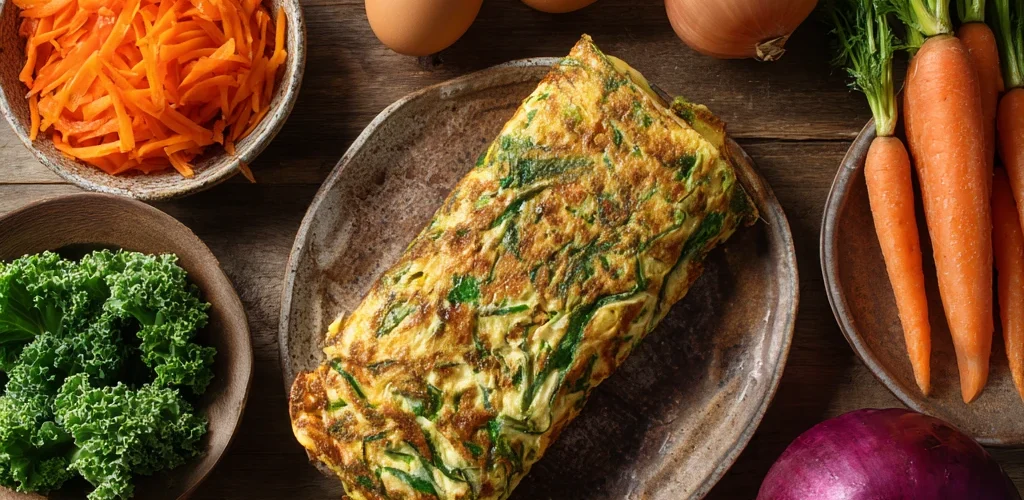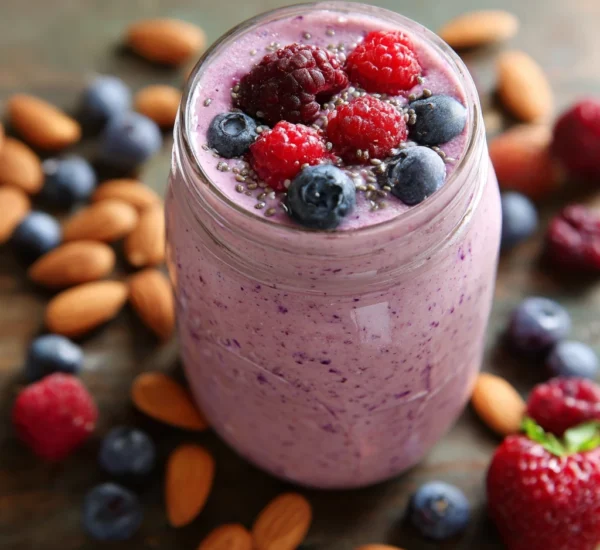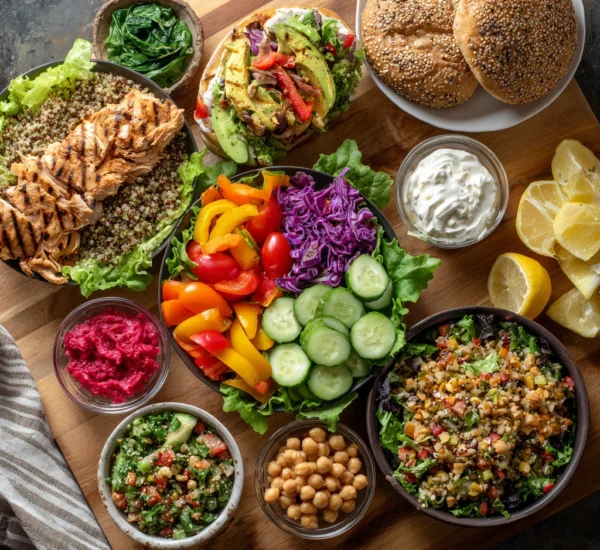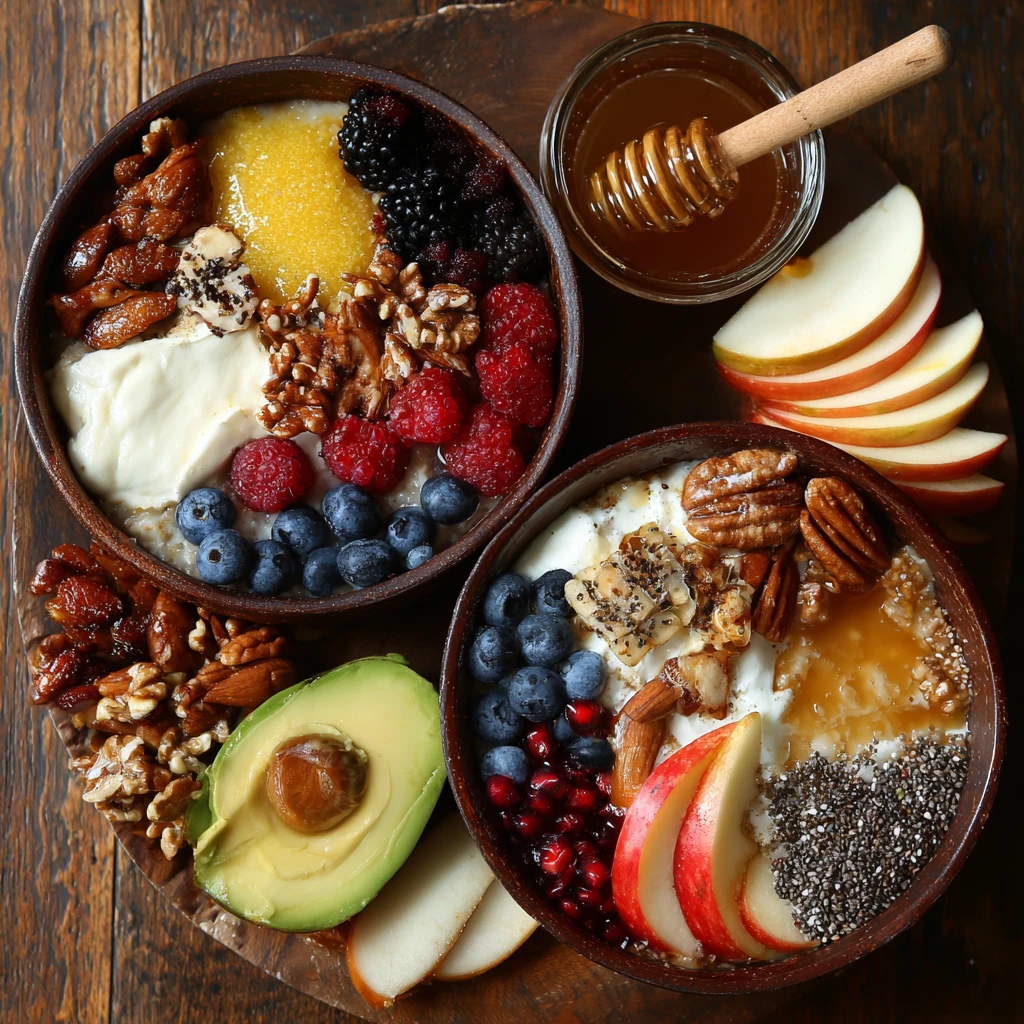Simple Ways to Add More Veggies to Your Daily Diet
Vegetables are nutritional powerhouses, packed with vitamins, minerals, fiber, and antioxidants. Yet, many of us struggle to meet the recommended daily intake. Incorporating more veggies into your diet doesn’t have to be a chore. With a few simple strategies, you can easily boost your vegetable consumption and reap the numerous health benefits. This guide provides practical tips and tricks to help you seamlessly integrate more veggies into your daily routine.

1. Sneak Veggies into Your Favorite Dishes
One of the easiest ways to increase your vegetable intake is to subtly add them to meals you already enjoy. This approach is especially effective if you have picky eaters in your household.
Puree Power:
Pureed vegetables can be seamlessly incorporated into sauces, soups, and even baked goods. For instance, adding pureed butternut squash or carrots to tomato sauce not only boosts the nutritional value but also adds a subtle sweetness and creaminess. Similarly, adding pureed spinach to pesto or lasagna is a virtually undetectable way to get an extra serving of greens. In baking, consider adding pureed zucchini to muffins or bread for moisture and nutrients.
Finely Chopped & Disguised:
Finely chopping vegetables allows you to incorporate them into dishes without significantly altering the texture or flavor. Add finely diced bell peppers, onions, and mushrooms to ground meat for tacos, burgers, or pasta sauces. Grated carrots and zucchini can be added to meatloaf or veggie burgers. Finely chopped spinach can be added to scrambled eggs or omelets. The key is to ensure the vegetables are small enough to blend in seamlessly with the other ingredients.
Bulk Up Comfort Foods:
Comfort foods like pasta and casseroles can easily be transformed into healthier meals by adding extra vegetables. Toss steamed broccoli, peas, or asparagus into your pasta dishes. Add layers of sliced zucchini, eggplant, and mushrooms to your lasagna. Mix chopped bell peppers, onions, and corn into your casseroles. These additions not only increase the vegetable content but also add flavor and texture to your favorite comfort foods.
2. Rethink Your Snacking Habits
Snacking offers a prime opportunity to incorporate more vegetables into your diet. Instead of reaching for processed snacks, opt for fresh, crunchy, and nutrient-rich vegetable options.
Veggie Sticks & Dips:
Prepare a platter of pre-cut vegetable sticks like carrots, celery, cucumbers, and bell peppers. Pair them with healthy dips like hummus, guacamole, or Greek yogurt-based dips. This makes for a satisfying and nutritious snack that is both convenient and delicious. You can even prepare these snack packs ahead of time for easy grab-and-go options.
Green Smoothies:
Smoothies are a fantastic way to pack a lot of vegetables into a single serving. Blend spinach, kale, or other leafy greens with fruits like berries, bananas, and mangoes for a sweet and nutritious treat. Add protein powder or nut butter for added satiety and flavor. Smoothies are also a great way to use up leftover vegetables that are starting to wilt.
Roasted Vegetable Bites:
Roasting vegetables brings out their natural sweetness and enhances their flavor. Roast bite-sized pieces of broccoli, cauliflower, Brussels sprouts, or sweet potatoes with a drizzle of olive oil and your favorite seasonings. These roasted vegetables make for a delicious and healthy snack that is far more satisfying than processed snacks.
3. Make Vegetables the Star of Your Meals
Instead of treating vegetables as a side dish, consider making them the focal point of your meals. This shift in perspective can significantly increase your vegetable intake.
Veggie-Centric Stir-Fries:
Stir-fries are a versatile and quick way to prepare a vegetable-packed meal. Load up your stir-fry with a variety of colorful vegetables like broccoli, bell peppers, snap peas, carrots, and mushrooms. Add a source of protein like tofu, chicken, or shrimp, and toss with a light sauce made from soy sauce, ginger, and garlic. Serve over brown rice or quinoa for a complete and balanced meal.
Hearty Vegetable Soups:
Soups are an excellent way to consume a large quantity of vegetables in a single serving. Prepare a hearty vegetable soup using a variety of vegetables like carrots, celery, onions, tomatoes, potatoes, and leafy greens. Add beans or lentils for added protein and fiber. Season with herbs and spices to enhance the flavor. Vegetable soup is a comforting and nutritious meal that can be easily customized to your liking.
Vegetable-Based Main Courses:
Explore recipes that feature vegetables as the main ingredient. Dishes like stuffed bell peppers, vegetable lasagna, or roasted vegetable tarts can be both satisfying and nutritious. These dishes showcase the versatility of vegetables and demonstrate that they can be just as filling and flavorful as meat-based meals.
4. Optimize Your Grocery Shopping & Meal Planning
Strategic grocery shopping and meal planning are essential for ensuring that you have a constant supply of vegetables on hand.
Plan Your Meals Around Vegetables:
When planning your meals for the week, start by selecting the vegetables you want to incorporate. Build your meals around these vegetables, choosing complementary ingredients and flavors. This approach ensures that vegetables are prioritized and incorporated into your diet.
Shop Smart:
When grocery shopping, prioritize the produce section. Stock up on a variety of fresh, frozen, and canned vegetables. Frozen vegetables are a convenient and affordable option that can be easily added to meals. Canned vegetables are also a good option, but be sure to choose varieties that are low in sodium.
Prep Ahead:
Prepping vegetables ahead of time can make it easier to incorporate them into your meals. Wash and chop vegetables as soon as you bring them home from the grocery store. Store them in airtight containers in the refrigerator for easy access. This will save you time and effort during the week and make it more likely that you will reach for vegetables when preparing meals.
5. Embrace Variety & Experiment with Flavors
Exploring different types of vegetables and experimenting with various cooking methods can help you discover new favorites and keep your meals interesting.
Try New Vegetables:
Don’t be afraid to try new vegetables that you haven’t tasted before. Visit your local farmers market or grocery store and explore the wide variety of vegetables available. Research different ways to prepare these vegetables and experiment with different recipes.
Explore Different Cooking Methods:
Different cooking methods can significantly impact the flavor and texture of vegetables. Try roasting, grilling, steaming, sautéing, or stir-frying your vegetables. Experiment with different seasonings and herbs to enhance the flavor.
Spice Things Up:
Don’t be afraid to use spices and herbs to add flavor to your vegetables. Garlic, ginger, chili peppers, cumin, coriander, and turmeric can all add a unique and delicious flavor to your vegetable dishes. Experiment with different spice combinations to find your favorites.
Consider Plant-Based Protein Pairing:
Pairing vegetables with plant-based proteins, such as lentils, beans, tofu or tempeh, not only provides a complete and fulfilling meal, but also introduces more variety of nutrients. For example, a lentil and vegetable soup is a fiber-rich and protein-packed combination that is satisfying and healthy. By incorporating these proteins, you create well-rounded meals that are packed with flavour.

FAQs
Q: How many servings of vegetables should I eat per day?
A: The recommended daily intake of vegetables varies depending on age, sex, and activity level. However, most adults should aim for at least 2-3 cups of vegetables per day.
Q: What are the best vegetables to eat?
A: There is no single “best” vegetable. It is important to eat a variety of vegetables from all different colors and categories to ensure you are getting a wide range of nutrients.
Q: Are frozen vegetables as nutritious as fresh vegetables?
A: Frozen vegetables are often just as nutritious as fresh vegetables, and sometimes even more so. They are typically frozen shortly after harvesting, which helps to preserve their nutrients.
Q: How can I make vegetables taste better?
A: Experiment with different cooking methods, seasonings, and herbs to find what you enjoy. Roasting vegetables can bring out their natural sweetness, while sautéing them with garlic and herbs can add a savory flavor.
Q: Is it okay to eat raw vegetables?
A: Yes, many vegetables can be eaten raw. However, some vegetables, such as potatoes and certain beans, should be cooked before eating to destroy toxins.



